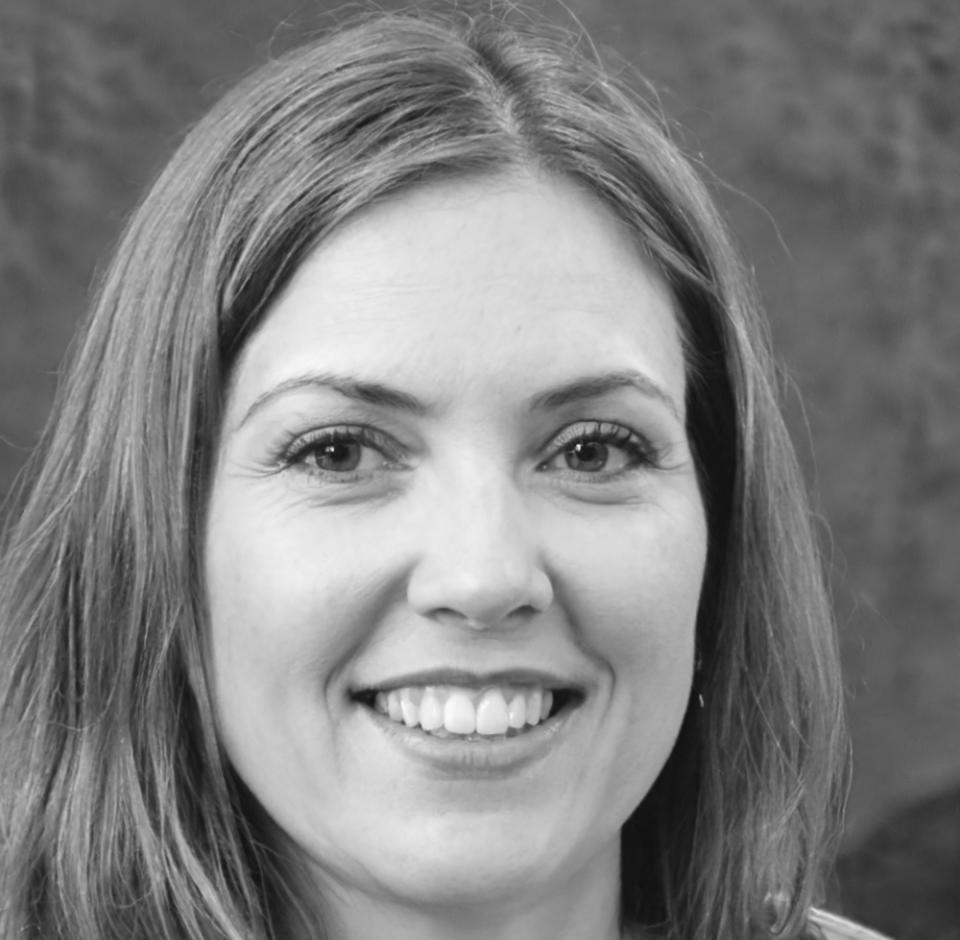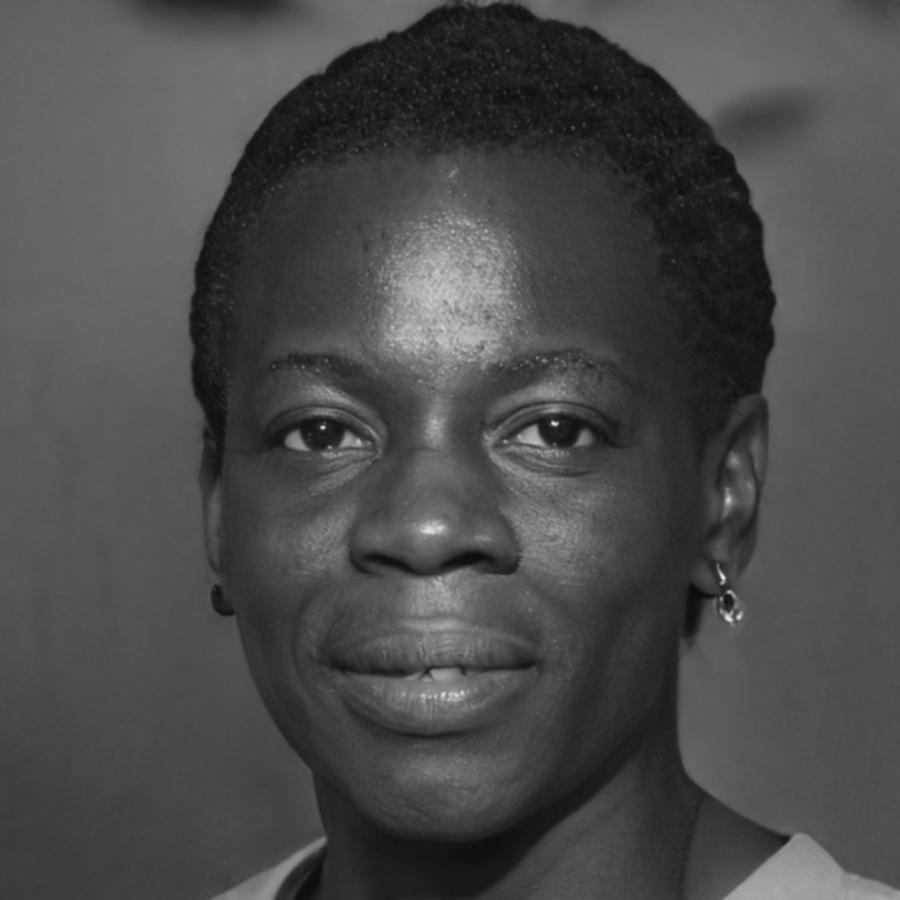We Actually Teach, Not Just Lecture
Real mentorship from people who've spent years navigating financial analysis—not reading from slides.
Look, anyone can stand in front of a room and talk about financial ratios. But teaching someone to actually interpret market trends, spot the warning signs in a balance sheet, or build a defensible valuation model? That takes a different approach entirely. Our instructors come from roles where getting it wrong meant real consequences—and that experience shapes how we teach.
Explore Our ProgramsInstructors Who've Been There
These aren't academics who've never left campus. Each person on our teaching team has worked through actual financial crises, led real analysis projects, and made calls that affected bottom lines. They bring that lived experience into every session.

Desmond Caruthers
Industry Analysis Lead
Spent twelve years dissecting mining sector financials before moving into education. Desmond still consults occasionally—he says it keeps him honest about what actually matters versus textbook theory.

Philippa Ng
Valuation Methods Specialist
Built her reputation valuing tech startups during the 2020s boom and subsequent correction. Philippa teaches students to question their assumptions—something she learned the hard way.

Barnaby Lockwood
Risk Assessment Mentor
Worked through three market downturns in various analyst roles. Barnaby focuses on helping students develop judgment—the kind that doesn't come from formulas alone.
How We Structure Learning
We've tried the traditional route. It didn't work. Students would memorize formulas, pass exams, then freeze when faced with messy real-world data. So we rebuilt the entire process around practical application.
Case-Based Learning
Every week, students work through actual company financials—sometimes recent reports, sometimes historical cases where we know how things turned out. It's uncomfortable at first, but that discomfort is where learning happens.
Small Group Discussion
We cap sessions at twelve people. Not for exclusivity—because meaningful discussion dies in larger groups. Students present their analysis, defend their reasoning, and learn to accept critique without taking it personally.
Failure Analysis
We spend considerable time on analyses that missed the mark—ours included. Understanding why smart people make bad calls teaches more than studying perfect examples ever could.
Progressive Complexity
Start with straightforward retail businesses, gradually move toward complex structures with multiple segments and international operations. By month four, students tackle industries they've never heard of—which is the point.


